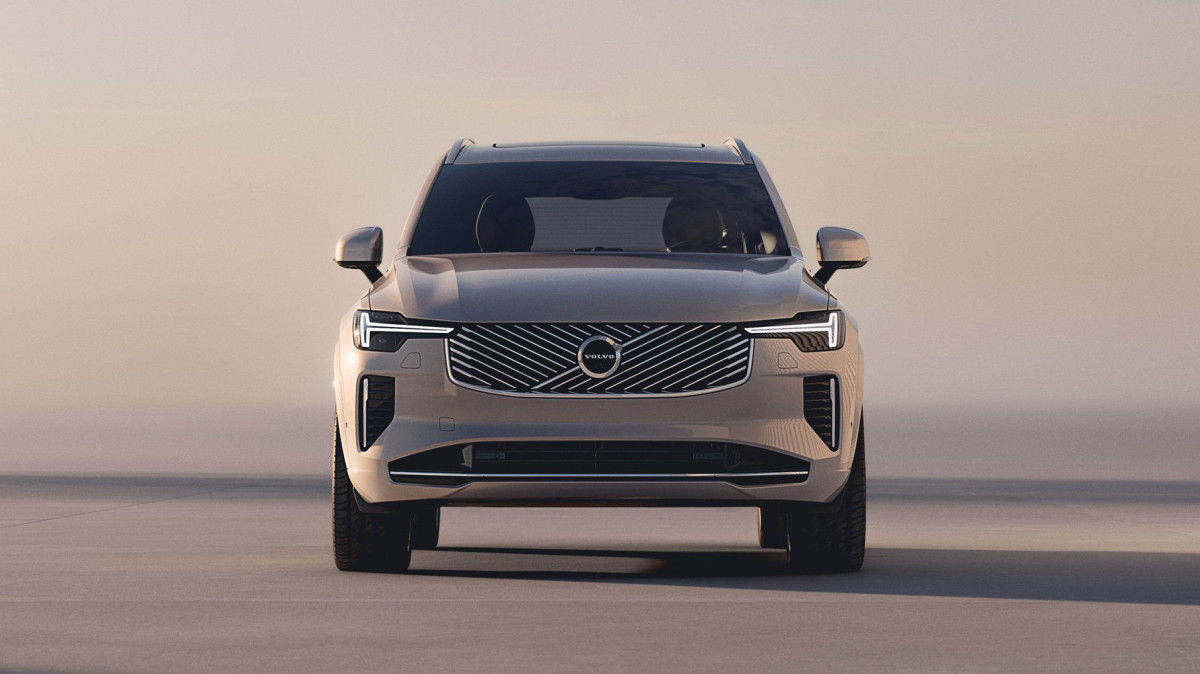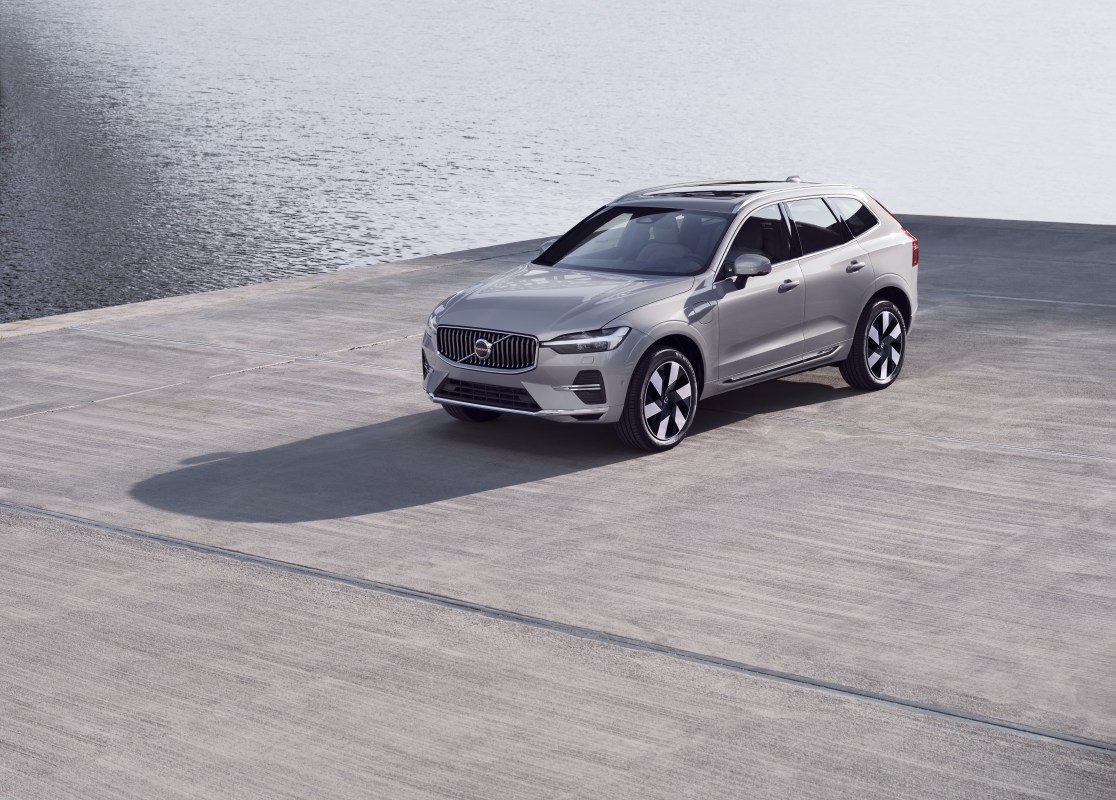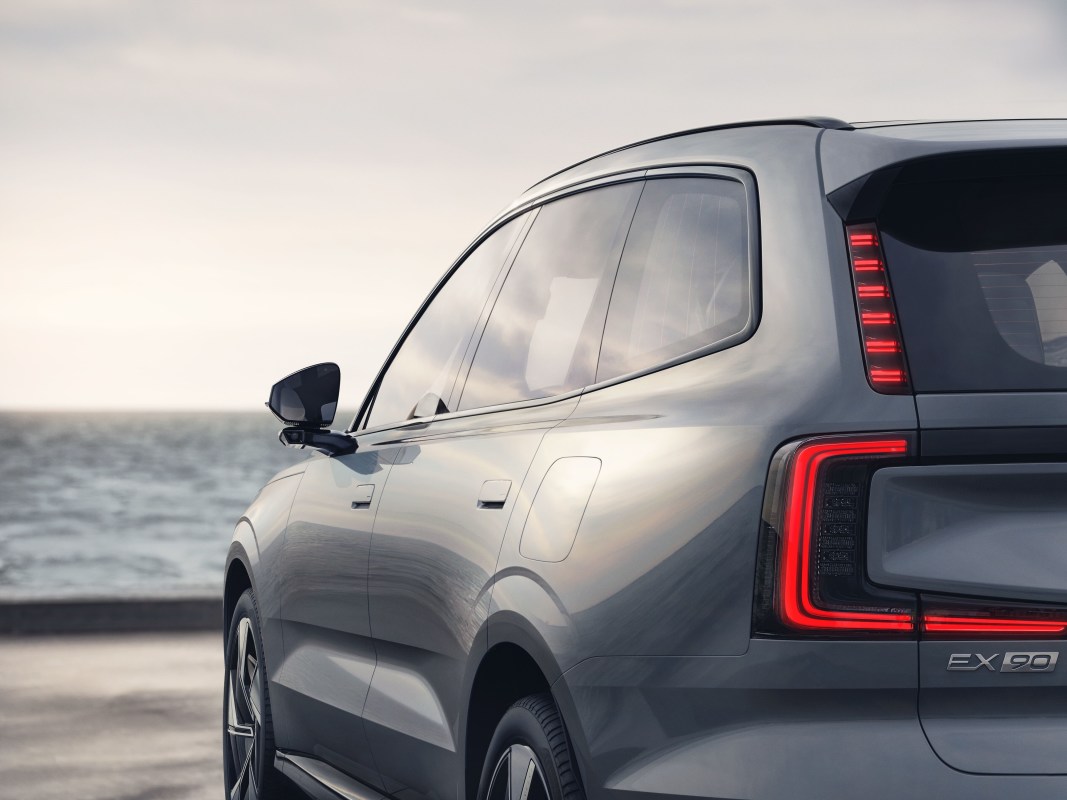Prices Going Up, Incentives Going Down
Bad news. If you’ve been waiting to buy a new Volvo, you may want to pull the trigger soon. According to a report by CarsDirect, the Swedish automaker’s new order guide for 2026 shows several price increases, some of which are as high as $3,200. Worse still, the publication’s research suggests that there may be fewer incentive deals coming from Volvo, so the effective prices will likely be even worse throughout the range. The increases aren’t being labeled as a response to tariffs on imported cars, but 1 + 1 = 2.
Popular SUVs Will Take The Hardest Hit
Volvo
View the 3 images of this gallery on the
original article
The publication notes that the 2026 Volvo XC90 appears to be facing the largest price hike, with an increase of $3,200 coming the way of the plug-in hybrid model. As such, the XC90 T8 Core PHEV will go from $73,000 excluding destination to $76,200, an increase of 4.4% compared to the mid-2025 price.
Elsewhere, the 2026 Volvo XC60 is going up by 5.6% on the base variant, representing an increase of $2,650. The new price will be $49,700, excluding destination, and although this is the highest percentage increase, other models are also becoming thousands of dollars more expensive. CarsDirect did not give specifics but said that the V60, V90, XC40, XC60, and XC90 are facing an average price hike of 4.2%, with increases from $1,800 to $3,200.
Price Increases Are Hitting All Automakers
Volvo
View the 2 images of this gallery on the
original article
Volvo’s decision to give its price list a little bump is to be expected. Porsche recently announced increases on 911 prices and delivery fees, and Hyundai has warned that MSRPs may not remain stable much longer either. Subaru is laying the blame for higher sticker prices on market conditions, while Ford has been more direct, blaming tariffs. Clearly, automakers from across the price spectrum are facing the same challenges, so while these incoming Volvo increases are not terrible yet, we can’t rule out the possibility that they may get worse.
For a company that produces very few of its vehicles in the United States and is far from the sales volumes of other European brands like BMW and Mercedes, this economic situation could turn from bad to worse. If you’ve been waiting to buy, now might be the time.
Volvo